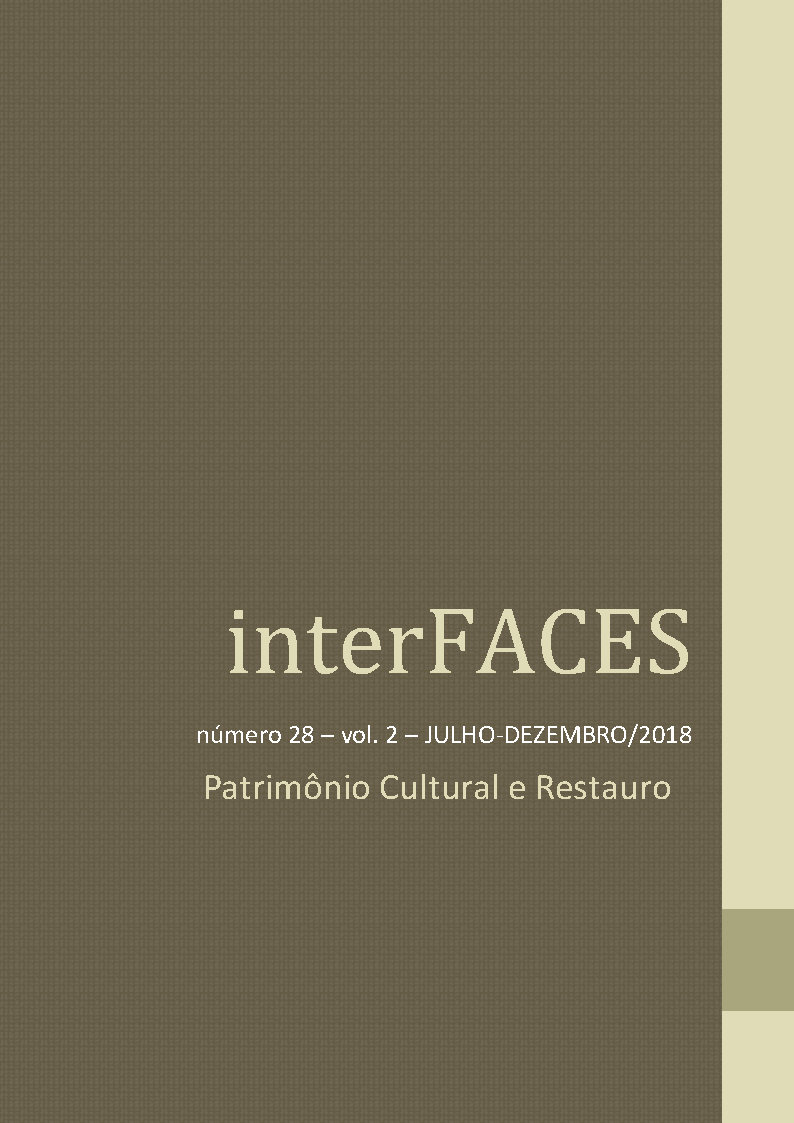Archeologia industriale in Germania: Hildenbrandsche Mülenwerke
Słowa kluczowe:
Restauro, Mulino, Rudere, Muratura, AcciaioAbstrakt
Questa tesi affronta il tema di un edificio dismesso ed in rovina del periodo Gründerzeit nella regione della Sassonia, un vuoto urbano che se recuperato può diventare centro di attrazione territoriale. L’edificio chiamato Hildebrandsche Mühlenwerke è un mulino industriale ad acqua risalente al 1875 e situato nella città di Halle (Saale). Posizionato in una suggestiva area del quartiere Böllberg il complesso industriale guarda verso le vicine sponde del fiume Saale ed alla riserva naturale Rabeninsel und Saaleaue. L’intero complesso copre una superficie di circa 10.000 m² di cui l’edificio architettonicamente più significativo è il mulino ad acqua, oggi in stato di rudere in seguito a due recenti incendi. Effettuando analisi urbane, sui servizi offerti nell’area e sul bacino di utenza è stato possibile individuare un programma funzionale per il recupero dell’edificio. In particolare la presenza della riserva naturale Rabeninsel und Saaleaue, del suggestivo rapporto con il fiume adiacente e della pista ciclabile nazionale Saale Radweg, ha virato il programma di riuso principalmente verso una funzione turistico-ricettiva: aule per convegni, bett und bike espazio culturale adibito a biblioteca. L’idea alla base dell’intervento di restauro è quella di riportare l’edificio alla volumetria perduta semplificandone le forme, cercando una continuità con il vecchio fabbricato e restituendo l’impatto e la forza nel paesaggio che un tempo gli appartenevano, pur mantenendo il fascino di rudere. Nell’intervento progettuale l’elemento principale è la leggera struttura in acciaio che rimane un segno di continuit{ dell’intero progetto, instaurando un confronto con il tessuto murario preesistente ed i nuovi innesti. Risulta un progetto complesso, in cui i diversi livelli di intervento e di dialogo con il rudere stabiliscono un approccio del restauro progressivo. L’effetto visivo che si ottiene è una perfetta armonia con il contesto naturalistico, in cui il mulino conserva il fascino di incompletezza e di rovina romantica. L’intero fabbricato, attraverso il progetto di restauro, riacquista l’importanza persa nel quadro urbano sia come segno nel paesaggio della periferia ma soprattutto come luogo a servizio del cittadino. Le nuove funzioni trasversali inserite nella struttura, fanno sì che esso venga vissuta a pieno da utenti diversificati, affermandosi come luogo dello stare.
##plugins.generic.usageStats.downloads##
Pobrania
Opublikowane
Numer
Dział
Licencja

Utwór dostępny jest na licencji Creative Commons Uznanie autorstwa 4.0 Międzynarodowe.
O envio dos trabalhos implica a cessão sem ônus dos direitos de publicação, inclusive em versão eletrônica online. Todos os diretos provenientes da venda da revista ficam cedidos à Revista InterFACES. A republicação dos trabalhos deve mencionar a publicação original em Revista InterFACES.

